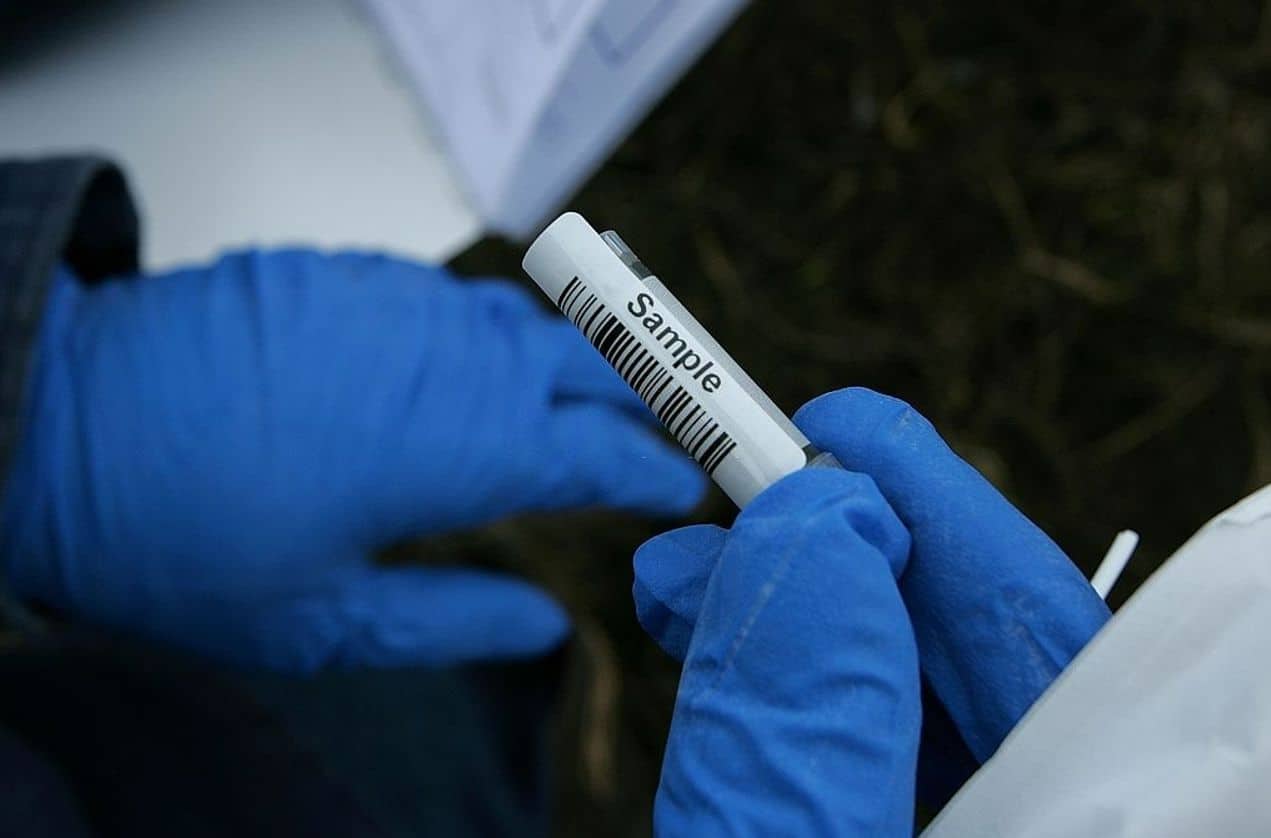Two more wild birds infected with highly pathogenic avian influenza (HPAI) A(H5N1) virus have been discovered in South and North Carolina, according to the United States Department of Agriculture’s (USDA) Animal and Plant Health Inspection Service (APHIS).
The two birds were discovered to be infected just days after a wild American wigeon in Colleton County, South Carolina, was revealed to be infected with the virus, marking the first instance of Eurasian H5 avian influenza in the United States since 2016. In recent years, several strains of avian flu have been discovered in the United States.
APHIS also stated that it expects to see more infections among wild birds and encouraged people to avoid direct contact with them. To prevent the virus from spreading, the service advised farmers and hunters to maintain strict biosecurity.
The US Centers for Disease Control and Prevention (CDC) maintain that the variant poses a low danger to the general public, according to the USDA. In the United States, no humans have been infected with the variant.
In the United Kingdom, one person was infected with the H5N1 type early this month and has subsequently recovered without incurring severe illness. The patient was in close vicinity to ducks.
In the past year, China has seen an increase in the frequency of human infections caused by the H5N6 subvariant of bird flu. Between January 14 and 20, the World Health Organization (WHO) received one new case of human infection.
According to the WHO, the increase in H5N6 cases could be related to the virus’s ongoing transmission in birds and increased surveillance as a result of the COVID-19 pandemic. The zoonotic threat remains high due to virus transmission among birds, according to the WHO, although the overall pandemic risk linked with the strain of bird flu has not changed much.
Experts are concerned about an increase in human infections caused by the H5N6 subtype of avian influenza, saying that a previously circulating strain appears to have mutated and may now be more infectious to humans.
“The increase in human cases in China this year is of concern. It’s a virus that causes high mortality,” Thijs Kuiken, professor of comparative pathology at Erasmus University Medical Centre in Rotterdam told Reuters.
According to the World Organization for Animal Health, a substantial number of bird flu outbreaks have been observed in recent weeks across Europe, Africa, and Asia, largely due to the H5N1 subtype of the H5 lineage.
The HPAI subtypes H5N1, H5N3, H5N4, H5N5, H5N6, and H5N8 are circulating in bird and poultry populations around the world, causing concern at the World Organization for Animal Health, which described this as “unprecedented genetic variability of subtypes… creating an epidemiologically challenging landscape.”
Earlier this month, OIE Director General Monique Eloit told Reuters that “this time the situation is more difficult and more risky because we see more variants emerge, which make them harder to follow.”
“Eventually the risk is that it mutates or that it mixes with a human flu virus that can be transmitted between humans then suddenly it takes on a new dimension,” she added.
Germany’s Federal Research Institute for Animal Health, the Friedrich Loeffler Institute, told the German Deutsche Presse-Agentur (DPA) that Europe is experiencing its “strongest avian flu epidemic ever.”
The institute added that “there is no end in sight” as the virus spreads throughout the continent and around the world, with new cases reported on a daily basis.
Image Credit: Getty
